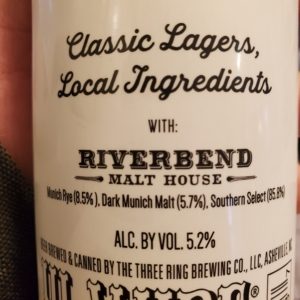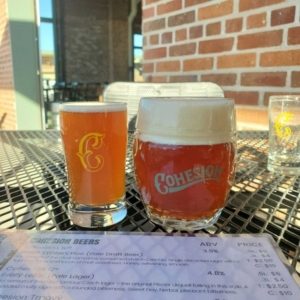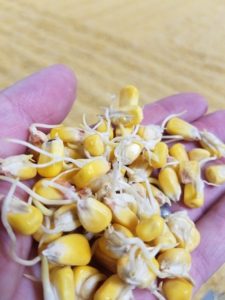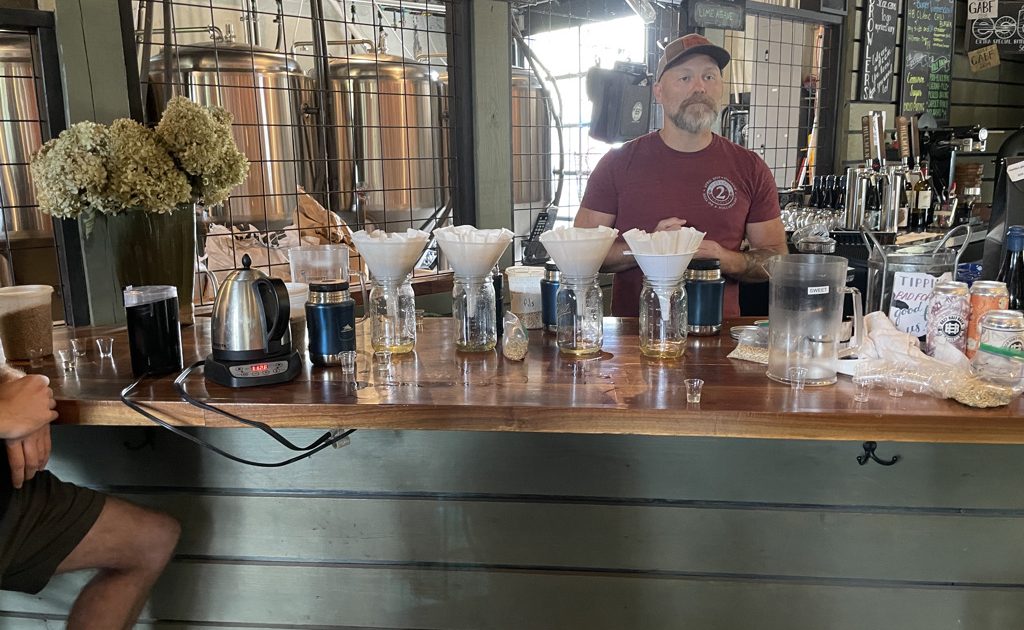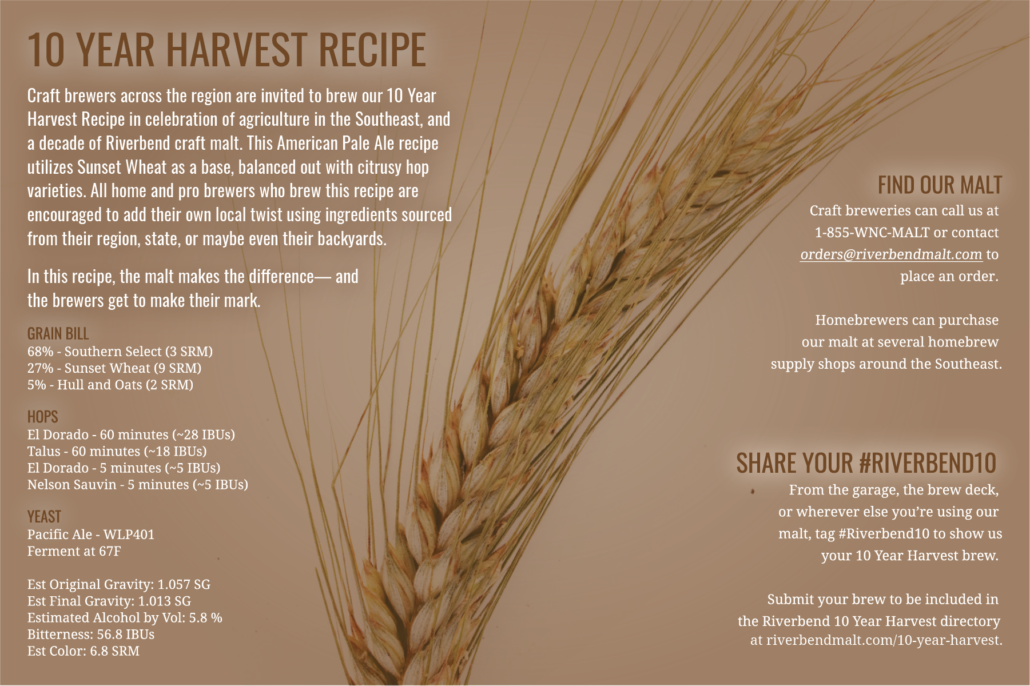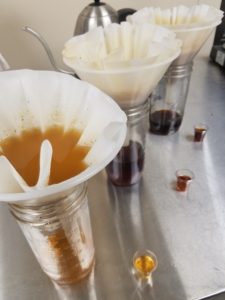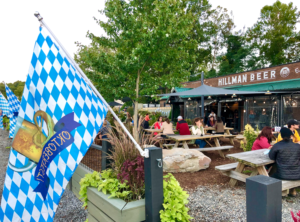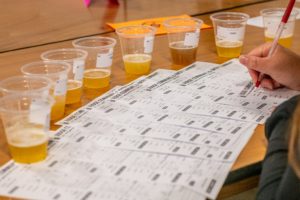Hard to believe we are about to close the books on 2021! I always enjoy going back through our social media feed and photos…remembering the conversations and beers that defined this roller coaster of a year. The list of my favorite beers below is presented in a loose chronological order, capturing the seasonality that plays a large role in defining experiences for me.
Munich Rye Lager – Hi-Wire
2021 kicked off with this beautiful release from Hi-Wire. This beer hit all the right notes for me in late winter. Perfect for that time of year when you’ve had enough “big” stouts but your palate is not quite ready for that first light beer of spring.
Their choice of malts created layers of biscuit, graham cracker, and toast at an approachable alcohol level. Noble presence was just enough to cleanse the palate and set the table for another sip. Bonus points for including recipe details in the packaging design!
VR Pizza Boy (Dortmunder Lager) – DSSOLVR
This was a fascinating and nerdy exploration into the terroir of barley varieties and malt house character. We received 2 tons of Talisman barley from our friends at Skagit Valley Malting and we sent them some of our Violetta. We applied our Southern Select recipe to the Talisman and the results were noticeably different. Lab analysis revealed lower levels of modification and corresponding color development. On the flavor front, we noticed more light cracker and less bready sweetness…..a malt stuck between Pilsner and Pale Ale profiles.
The good folks at DSSOLVR took this profile and ran with it! Tweaking water and mash profiles to highlight the malt character. The result was a thirsty quenching success!
Your Juice Sire (Sour/Wild IPA) – Little Animals Brewery
It isn’t everyday I have a “moment” with an IPA. Most leave me longing for the old days of crisp citrus and pine notes found in the classic West Coast examples. We hear tropical, mango, guava, etc. thrown around quite a bit when it comes to describing the modern IPA. To me, those bright and tantalizing flavors are often dulled by the overly sweet and creamy mouthfeel of the NEIPA style.
Ah, but this example from Little Animals lit me up!
They start with a mash bill that includes our Pilsner, Munich and Oats, add Idaho 7 and Belma then ferment with a blend of Saccharomyces and Brettanomyces. The final twist is where this beer takes flight…..a blend of barrel-aged blonde sour is added prior to packaging. This really sets off the aromatics and gives this beer a crisp, satisfying finish.
Biere de’ Riverbend (Belgian Dark Strong) – Fonta Flora
You knew this one would be on the list. Crafted as part of our 10th anniversary series, our homies at Fonta Flora really put something beautiful together. The mash bill brings in both of our Munichs and Sunset Wheat to build layers of complexity. Traditional Belgian yeast and dark candi sugar all contribute to rich fig, raisin, and toffee character in this one. The finished beer is disturbingly drinkable despite the 10% ABV.
They followed this release with Druidsickle, a bourbon barrel aged spiced ale….can’t wait to try that one!
Honorable Mention
Polotmavý Ležák 12º – Cohesion Brewing Company
I’ll admit, I had never heard of Cohesion when my friend Jen Blair mentioned them as a potential meet up spot in Denver during CBC. Thirty minutes later I’m in the taproom geeking out with her and the brewer (Eric) about his decoction schedule!
Everything about this place is focused on traditional Czech-style lagers. Each of the beers were complex and beautifully presented via side pull faucets. What made the evening even more special was learning about the role craft malt plays in their brewhouse….turns out our good friends at Troubadour Maltings created several special malts designed to work with the decoction heavy approach.
This intersection of local malt and old-world craftsmanship is an excellent example of the innovation that will continue to propel craft beer forward in the years to come!
Happy holidays everyone!
Brent


